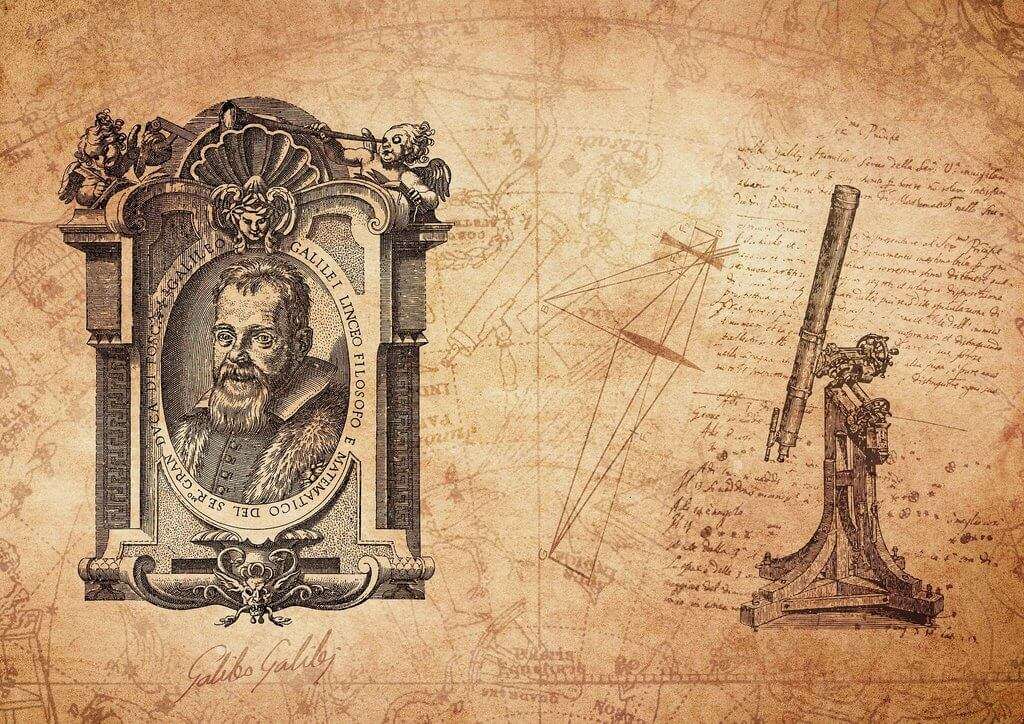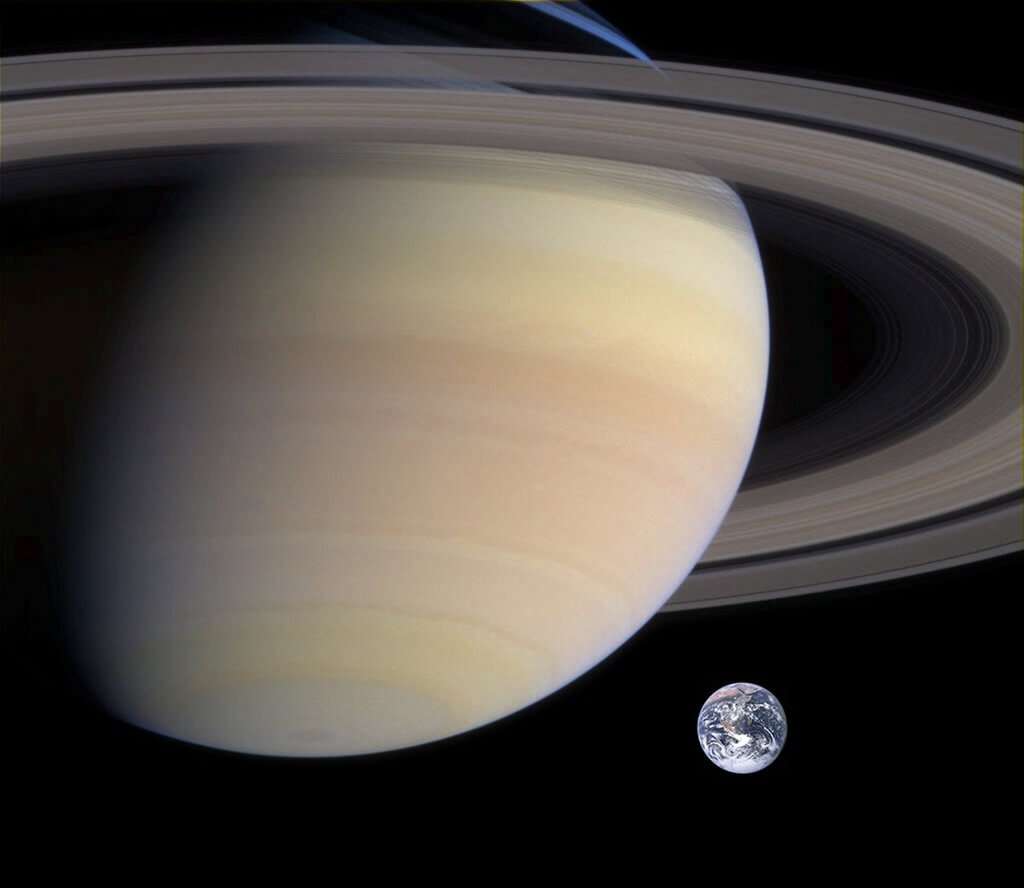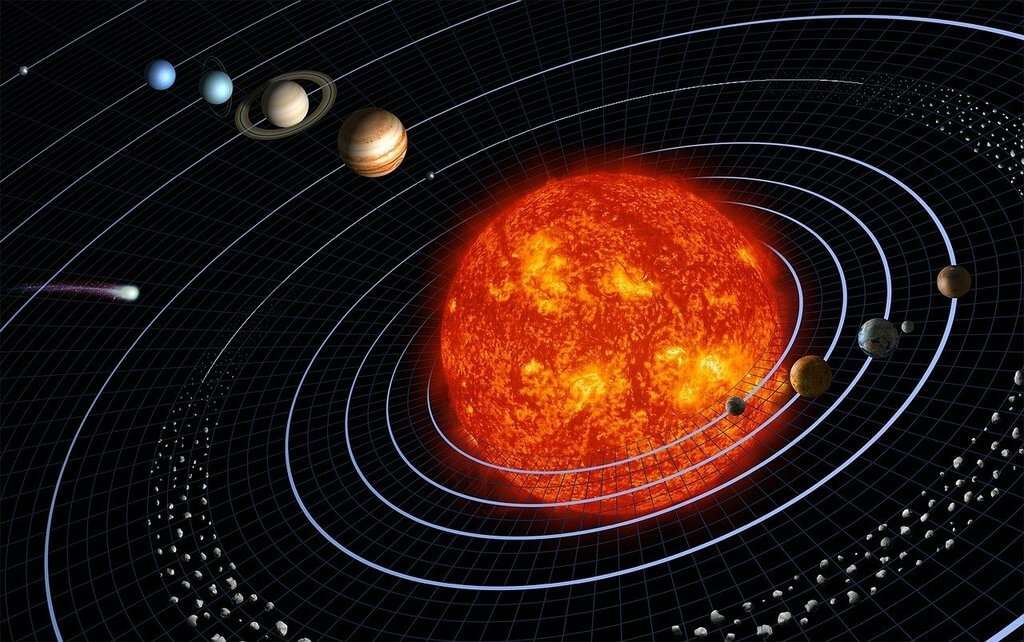Saturn is the name of the sixth planet away from the sun. It also happens to be the second most giant major planet out there. People haven’t always been able to view this impressive gas giant. So who invented a telescope able to see that far, the talented and hard-working individual who was responsible for allowing people to view this mysterious planet via telescope? The answer to that simple, relevant question is Galileo Galilei of Italy.

Galileo had the distinction of being the first person to ever see Saturn via telescope. This momentous occasion happened back in the summer of 1610. Since his telescope understandably was extremely rudimentary and unsophisticated, he was not able to figure out what exactly the rings he viewed were. That’s why he surmised that Saturn was surrounded by a couple of massive moons. He wasn’t right at all. Galileo took the time to look at Saturn yet again a couple of years after that. He was stunned to realize that the so-called moons were no longer there. Why did they “Vanish”? Since the physicist was looking at the rings edge-on via the perspective of the earth, they in no way, shape, or, form appeared to him. The whole situation bewildered him. He was unstoppable, however. He waited two more years to assess the saturation with Saturn visually. He found out, perhaps surprisingly enough, that the moons had come back. This made him believe that the rings were actually “Arms” or something similar.

Although Galileo was indeed the person who initially saw the planet, another person figured out the puzzle decades later in 1659. This person happened to be an astronomer from the Netherlands called Christiaan Huygens. This individual put the whole situation to rest thanks to updated telescope optics that weren’t on hand to Galileo so long ago. Huygens gathered that the arms of Saturn were a system of rings. That’s around the time he pinpointed the moon of Saturn.
What made Galileo qualified to look at Saturn via telescope in July of 1610? This individual in the past had revealed the existence of Jupiter’s moons. He was able to identify these moons on his own. Although his Jupiter revelations were indeed impressive to the public, he was still extremely curious about Saturn and all it had to offer. Saturn at that time was the most distant planet that people knew about, interestingly enough. Jupiter was a lot closer than Saturn. If you multiplied the distance to get to Jupiter by two, that would be the distance to Saturn. Galileo was shocked to find out that Saturn wasn’t merely a single planet. It was a set of three planets in total. Saturn consisted of a sizable central planet that had a moon or tiny planet on both sides. The three separate planets practically came in contact with one another. Galileo created a drawing of Saturn based on his comprehensive observations. Different astronomers tried to look at Saturn via telescope after Galileo. Despite their efforts, they just were not equipped with telescopes that were as effective as the ones that Galileo possessed. They all saw single planets that were shaped similarly to ovals. Galileo used words to depict the overall look of Saturn. He said that it looked like a planet that had handles of sorts.

Galileo was more than “Just” the person who viewed Saturn before anyone else via telescope. This individual entered the world in the winter of 1564. He was born in the city of Pisa in central Italy. Many people refer to Galileo as being a philosopher. Just as many people refer to him as being a mathematician, astronomer, and natural philosopher. What makes Galileo such a noteworthy human being in society? He actually was responsible for all sorts of key advancements in the fields of the strength of materials, astronomy, and finally, motion. He was a big part of the creation of the famed scientific method. The things that Galileo learned from the telescope were impressive as well. His telescope findings basically refashioned the massive astronomy realm. They also helped bring on the approval of the exhaustive Copernican heliocentric system.
Also Read: What Are The Most Important Inventions Of All Time?
